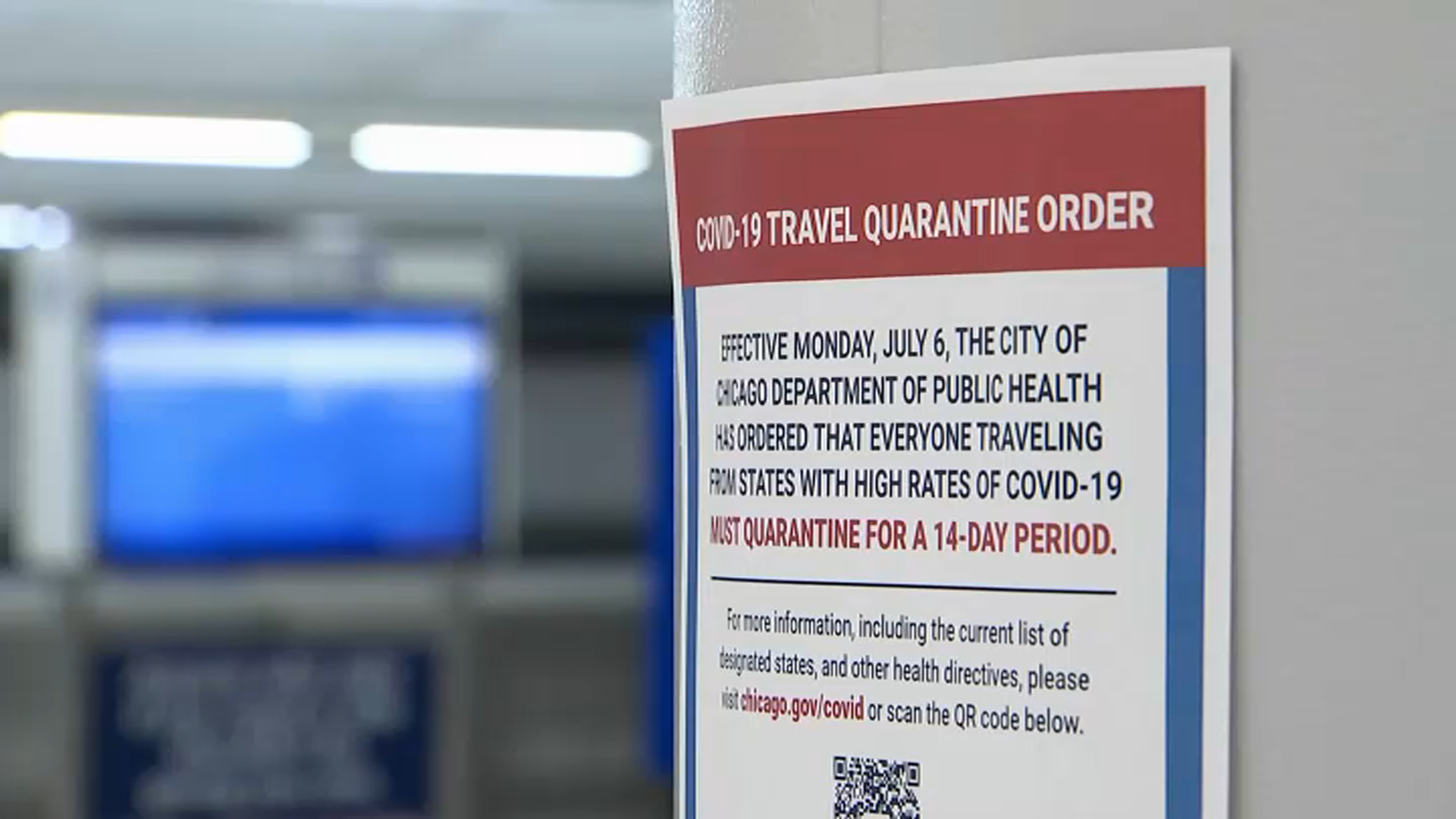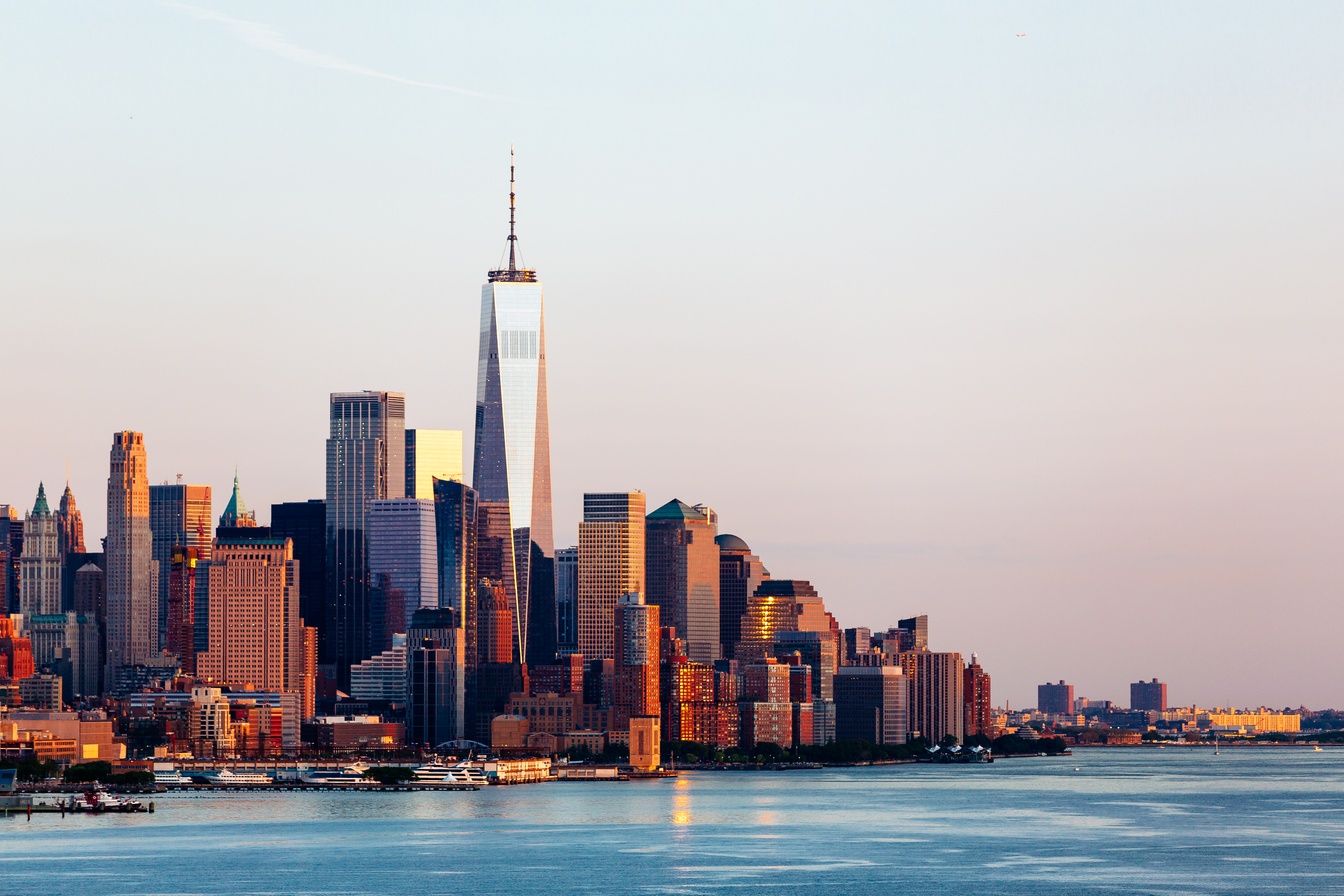Chicago is seeing a gradual rise in coronavirus cases as the city reintroduces certain restrictions, while on the East Coast, the virus remains far more contained.
But according to public health experts, there are reasons for that.
"So one of the most important things I would say is that we are more open than they are," Chicago Department of Public Health Commissioner Dr. Allison Arwady said Tuesday. "So to this question, I mean broadly to this question of restaurants, for example, New York City still does not have any indoor dining restaurants, right? They've been much more restrictive in terms of what has been allowed to open. And that has, in part, I'd say that's part of it allowed them to be in tighter control. We've felt like here we want to keep our outbreak obviously in good control, but have balanced that against a lot of the other economic and social needs. We wanted to be able to open museums with limited capacity, we wanted to be able to open our small businesses, our restaurants, our bars. So we're playing this this balance game a little bit."
According to Arwady, Chicago is the most open big city in the U.S. right now.
"Los Angeles, Houston, they've all had to completely back off in terms of, you know, closing many restaurants, things that were opened before," Arwady said. "Some of the places in the Northeast have been more restrictive, and are somewhat more in control. I hope that we don't need to move to those more restrictive methods that we've seen in the Northeast, we would do it though, if we saw significant increase, or we were getting up toward that, you know, toward toward higher numbers there."
Similar to several East Coast states, Chicago last month implemented a travel order, requiring people visiting or returning to the city from several states to self-quarantine for two weeks. But Chicago's order is not quite as strict as New York's and is not being as heavily enforced.
Arwady also noted the difference between the early stages of Chicago's and New York's pandemics as a reason for differing responses.
"The Northeast, New York in particular, just had such a bad outbreak the first time around. So sometimes I hear people say, 'Oh, you know, we've had a lot of deaths here in Chicago,' which we have. We've had more than 2,700 deaths in Chicago, we've had about one in 1,000 Chicagoans die of COVID. But you compare that to New York City, one in 370 residents of New York City died of COVID, right? Three times even more the death rate that we had here... I think where you've had a region of the country that got hit so much harder than we did here in Chicago, it leads to additional probably fear and more tolerance for more of these restrictions. You've also probably had more people exposed overall. But you know, there's a lot of factors that go into it. But I think by and large, they are also taking the precautions seriously. We're not seeing all of this political debate about mask wearing broadly in the Northeast like we are in the South and in the West."



